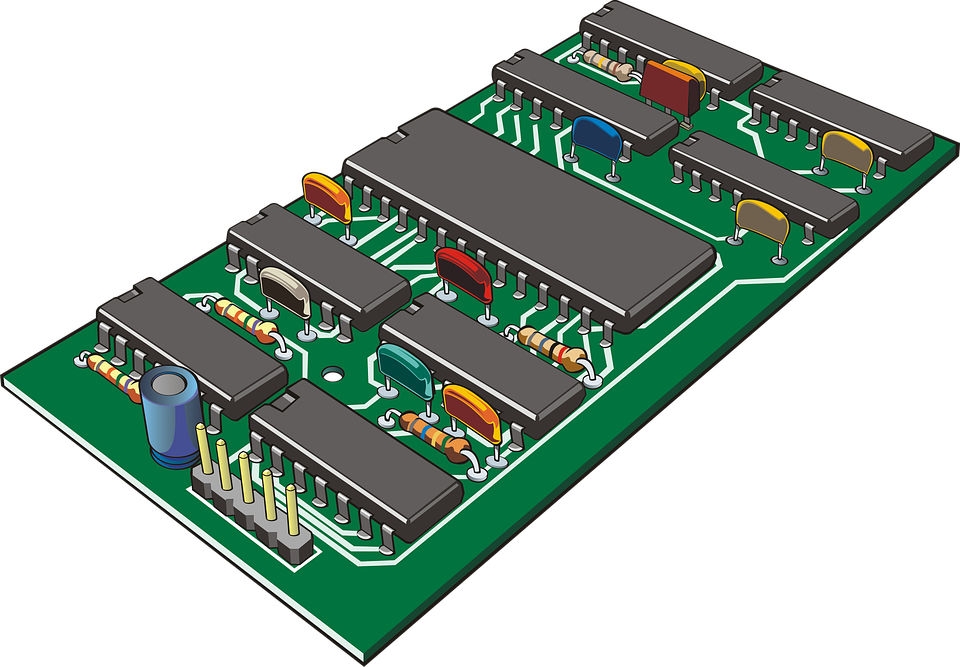Printed circuit boards have become highly sophisticated, and as a result, they often cost more. But that’s not the only thing driving up the price. Design errors lead to waste and increased prices. If manufacturers can eliminate the mistakes, they will have less waste and be able to lower their costs.

(Pixabay / Painter06)
Mistakes aren’t just for novices. When it comes to today’s advanced PCBs, even experienced designers can make errors that will send them back to the drawing board. In fact, it is common to make several design attempts before getting a PCB that functions just right. Designing a printed circuit board is, in many cases, a long trial-and-error process.
But even though mistakes can’t be totally eliminated, a smart designer can minimize problems. Here are a few common pitfalls to avoid in order to turn out PCBs with fewer errors.
Pick the appropriate tool
A successful PCB design requires the right designing tool. The wrong tool will lead to inefficiency, a delay in the creation of the design, and a higher manufacturing cost. For that reason, it’s critical to have the right electronic design automation software. Certain EDA software packages are better suited for certain projects, so do your research and check reviews.
Check your layout
Electronic devices are getting smaller by the day, so PCB designers are forced to develop a complex layout with a modest footprint. The components for this type of PCB need to placed closer to one another, so if you don’t have just the right layout technique, your connections could get crossed.
Choose the right thickness
One ounce of copper is the usual choice for the plating thickness of a PCB board, but some boards require more for adequate hole plating. Make sure you determine the right amount of copper thickness before starting your project.
Save, save, save
Today’s software is flexible and fast, but it’s only helpful if you save your work. Many a promising design has been lost by people failing to save.
Get another set of eyes
Design reviews allow others to check the features and function of the PCB design and inspect the interconnection of the various circuits. Don’t assume that everything is fine until you’ve had someone double-check your work. When you have a qualified official review your design, they can find errors early in the game that you might not otherwise discover until later.
Communicate
PCB design is a long and collaborative process, but when engineers get so focused on their part of the puzzle and forget to share information, errors and frustration can develop. Designers should be careful to communicate constantly—and not just with each other but with every member of the project team.
If you can avoid these common mistakes, you can shave time and money off of your PCB design and generate a more consistently high-quality project.
